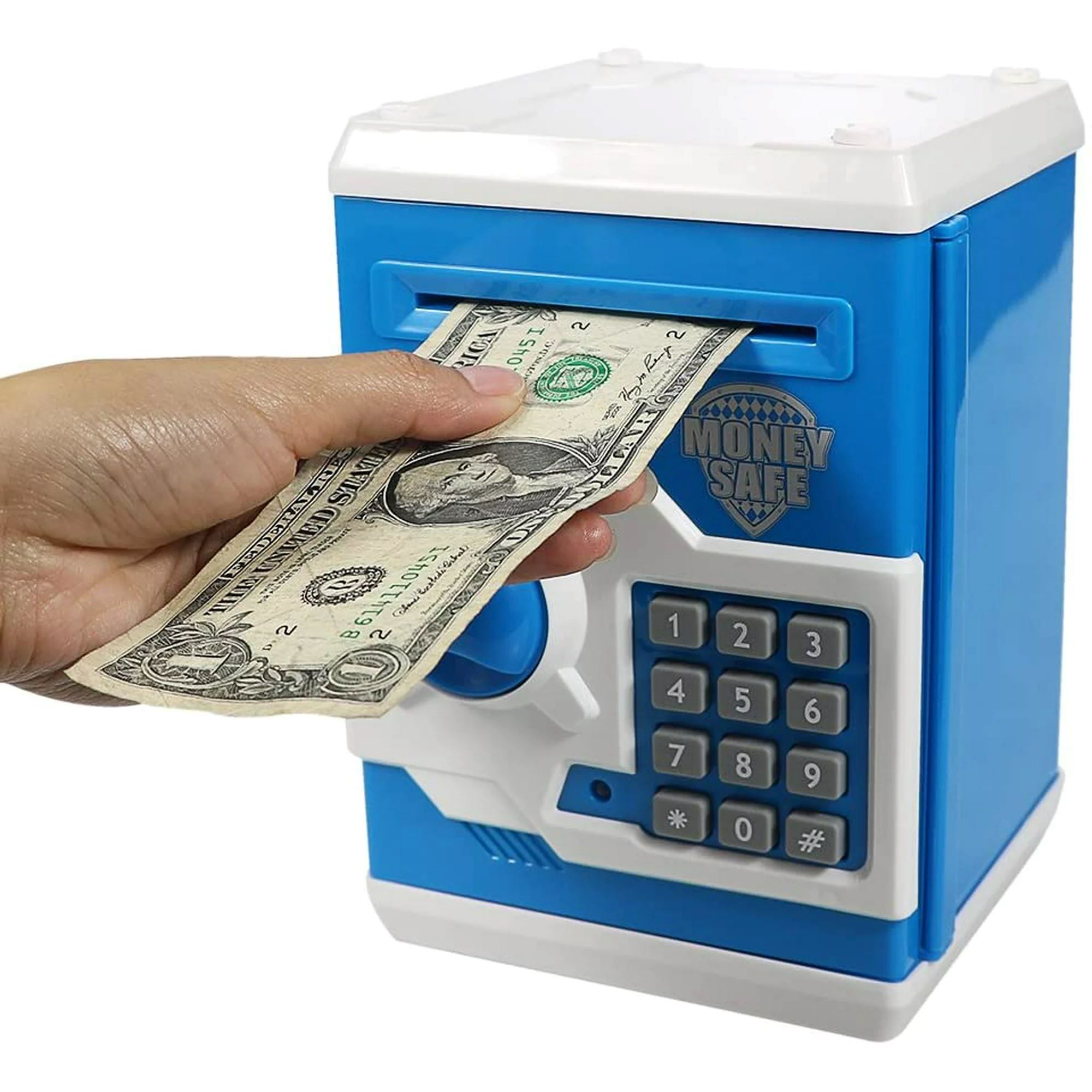

Articles
How To Store Paper Money Safely
Modified: February 24, 2024
Learn the best practices for storing paper money safely in this informative article. Find out how to protect your valuable currency collection and maintain its condition.
(Many of the links in this article redirect to a specific reviewed product. Your purchase of these products through affiliate links helps to generate commission for Storables.com, at no extra cost. Learn more)
Introduction
Preserving and protecting paper money is essential for any collector, investor, or individual who wants to safeguard their financial assets. Whether you have rare and valuable banknotes or simply want to ensure the longevity of your currency, storing paper money in a safe is a smart and responsible choice.
However, it’s not just about keeping your money secure. Storing paper money correctly also helps to maintain its condition, prevent damage from external factors, and even preserve its historical and sentimental value. In this article, we will explore the importance of storing paper money safely, guide you in choosing the right safe, provide tips for preparing and organizing your paper money, and share additional measures to protect it.
By following these guidelines, you can ensure your paper money remains in optimal condition and retains its value for years to come.
Key Takeaways:
- Safely storing paper money in a secure safe ensures protection against physical damage, theft, and accidental loss, while preserving its historical and sentimental value.
- Choosing the right safe, preparing and organizing paper money, and implementing additional protective measures are essential for safeguarding and maintaining the value of your collection.
Read more: How To Store Money In A Safe
Importance of Storing Paper Money Safely
When it comes to preserving paper money, proper storage is of utmost importance. Here are several reasons why storing paper money safely is crucial:
1. Protection against Physical Damage: Paper money is vulnerable to damage from various factors such as moisture, sunlight, dust, and pests. Storing it in a safe can provide a barrier against these elements, reducing the risk of deterioration and maintaining its integrity.
2. Prevention of Accidental Loss or Misplacement: Paper money is not only valuable in terms of its monetary worth but also holds historical and sentimental value. Losing or misplacing it can be devastating. By storing it in a designated safe, you ensure that it remains in a secure and known location, minimizing the chances of accidental loss.
3. Protection against Theft: Storing paper money in a safe adds an extra layer of security against theft. Safes are designed to be difficult to break into, providing a physical deterrent and reducing the risk of unauthorized access to your currency.
4. Preservation of Value: Proper storage helps to preserve the condition of paper money, ensuring its long-term value. It minimizes the risk of tears, discoloration, or other forms of damage that can diminish its worth in the eyes of collectors and investors.
5. Privacy and Confidentiality: Keeping your paper money stored in a safe ensures your financial matters remain private and confidential. It provides a secure space where you can keep your funds away from prying eyes or potential identity theft threats.
By recognizing the importance of storing paper money safely, you can take the necessary steps to protect your investment and preserve its value over time.
Choosing the Right Safe for Paper Money Storage
When it comes to selecting a safe for storing your paper money, there are several factors to consider. Here are some key points to keep in mind:
1. Size and Capacity: Determine the amount of paper money you want to store and choose a safe that offers enough space to accommodate your collection. Consider not only the size of the banknotes but also any additional protective materials you plan to use.
2. Fire and Water Resistance: Look for a safe that offers fire resistance to protect your currency in case of an unfortunate event like a fire. Water resistance is also important to safeguard your banknotes from water damage due to flooding or leaks.
3. Security Features: Choose a safe with reliable security features such as a strong locking mechanism, bolt-down capability, and pry-resistant design. Look for safes that have been independently tested and certified for their security standards.
4. Climate Control: Consider the environmental conditions where the safe will be placed. If you live in a region with high humidity, look for a safe with built-in moisture control features to prevent moisture-related damage to your currency.
5. Accessibility: Consider how frequently you will need to access your paper money. Opt for a safe that offers easy access and organization, such as adjustable shelves or compartments that allow you to arrange your banknotes efficiently.
6. Location: Determine the location where you will place the safe. It should be in a secure and discreet area of your home or office, away from potential visibility or easy accessibility for unauthorized individuals.
7. Budget: Set a budget for your safe purchase and choose one that fits within your financial means. While it’s essential to prioritize security and quality, there are various safe options available at different price points.
By taking these factors into consideration, you can select the right safe that meets your specific needs for storing and protecting your paper money.
Preparing Your Paper Money for Storage
Before placing your paper money in a safe, it’s essential to properly prepare it to ensure its longevity and preservation. Here are some steps to follow:
1. Clean and Remove Foreign Substances: Carefully remove any dirt, dust, or foreign substances from your banknotes using a soft brush or compressed air. Avoid using any liquids or cleaning agents, as they may damage the paper.
2. Handle with Clean Hands: Always handle paper money with clean, dry hands to prevent transferring oils, dirt, or moisture onto the banknotes. The natural oils from your hands could potentially damage the paper or cause stains over time.
3. Use Protective Sleeves or Holders: Consider using acid-free, archival-quality sleeves or holders to store individual banknotes. These transparent sleeves offer additional protection against moisture, dust, and physical damage, while allowing you to view and handle the banknotes without direct contact.
4. Avoid Exposure to Sunlight and Ultraviolet (UV) Light: Prolonged exposure to sunlight and UV light can cause fading and discoloration of banknotes. Store your paper money in a location away from direct sunlight or UV light sources to prevent damage.
5. Separate Different Currency Types: If you have banknotes of different currencies, separate them and store them in distinct sections or compartments within your safe. This will help avoid confusion and facilitate easier organization and retrieval in the future.
6. Arrange Banknotes in Sequential Order: If you have a collection of consecutive banknotes, consider arranging them in sequential order before placing them in protective sleeves or holders. This can add value to your collection and make it easier to identify any missing or incomplete sets.
7. Document and Catalog Your Collection: Keep a detailed inventory or catalog of your paper money collection. Include information such as denomination, serial numbers, and any unique characteristics. This will help you keep track of your collection and provide documentation for insurance purposes.
By following these preparation steps, you can ensure that your paper money is well-preserved and ready for safe storage, minimizing the risk of damage or deterioration over time.
Setting Up a Secure Storage Space
Creating a secure storage space for your paper money is crucial for its protection and preservation. Here are some steps to help you set up an ideal environment:
1. Choose a Suitable Location: Select a secure and discreet area in your home or office to place the safe. It should be away from prying eyes and potential access by unauthorized individuals.
2. Consider Environmental Factors: Avoid areas that are prone to high humidity, temperature fluctuations, or direct exposure to sunlight. These conditions can accelerate the deterioration of paper money. Ideally, choose a space with stable temperature and humidity levels.
3. Ensure Proper Ventilation: Proper air circulation is important to prevent the accumulation of moisture, which can promote the growth of mold or mildew. Avoid storing your papers in enclosed spaces without ventilation.
4. Install Security Measures: Apart from the safe itself, it’s important to implement additional security measures in your storage space. Consider installing security cameras, alarms, or motion sensors to deter potential burglars and monitor any unauthorized access attempts.
5. Use Heavy-Duty Shelving: If you plan to store other items alongside your paper money, ensure that you use sturdy, heavy-duty shelving units that can support the weight of the safe and any additional storage containers.
6. Secure the Area: If possible, reinforce the walls, floor, and ceiling around the storage space for added protection. Consult with a professional contractor to ensure that the area is properly secured and resistant to break-ins.
7. Limit Access: Restrict access to the storage space by keeping the key or combination to the safe confidential. Only provide access to trusted individuals who have a legitimate need to handle or view the paper money.
By setting up a secure storage space, you can ensure that your paper money remains well-protected, minimizing the risk of theft, damage, or other potential threats.
Store paper money in a fireproof and waterproof safe to protect it from damage. Use acid-free paper or currency sleeves to prevent deterioration.
Read more: How To Store Money In A Safe Without Mold
Organizing and Storing Paper Money Inside the Safe
Proper organization and storage of your paper money inside the safe not only ensure its protection but also make it easier for you to access and manage your collection. Here are some tips to help you organize and store your banknotes effectively:
1. Categorize by Currency: If you have banknotes from different countries or currencies, consider organizing them separately. This will make it easier to locate specific notes and prevent them from getting mixed up.
2. Sort by Denomination: Group banknotes of the same denomination together. This will help you quickly identify different denominations and make it easier to count or organize your collection.
3. Arrange in Sequential Order: If you have consecutive series of banknotes, arrange them in sequential order by their serial numbers. This will make it easier to identify any missing or incomplete sets and enhance the value of your collection.
4. Use Acid-Free Sleeves or Holders: Place individual banknotes inside acid-free sleeves or holders to protect them from direct contact with other materials. This prevents damage such as color transfer or sticking together.
5. Consider Using Currency Albums or Pages: Currency albums or pages are specially designed to hold and display banknotes. They come in various sizes and formats, allowing you to organize and showcase your collection while providing added protection.
6. Avoid Overstuffing: Be mindful of the capacity of your safe and avoid overstuffing it with too many banknotes. Overcrowding can make it difficult to access or retrieve specific banknotes without causing damage to the rest of the collection.
7. Use Dividers or Separators: If you have multiple sections or compartments in your safe, consider using dividers or separators to keep different sets or categories of banknotes organized. This will prevent them from shifting or mixing together.
8. Consider Protective Containers: For particularly valuable or delicate banknotes, consider using protective containers such as acid-free envelopes or Mylar sleeves. These provide an extra layer of protection against dust, moisture, and handling damage.
9. Update Inventory: Keep a detailed inventory or catalog of your paper money collection and update it whenever you add or remove banknotes. This will help you track your collection and easily locate specific banknotes when needed.
By organizing and storing your paper money in a thoughtful and systematic manner, you can ensure its safety, ease of access, and proper maintenance inside the safe.
Additional Tips for Protecting Paper Money
While storing your paper money in a safe is a great step towards ensuring its protection, here are some additional tips to further safeguard your collection:
1. Use Silica Gel Packs: Place silica gel packs inside your safe to help control humidity levels. These absorb moisture and can help prevent the growth of mold or mildew, which can damage your banknotes.
2. Handle with Care: When handling your paper money, it’s important to do so with clean hands and on a clean, flat surface. Avoid touching the printed areas of the banknotes to prevent smudging or causing damage.
3. Avoid Direct Sunlight: Protect your banknotes from direct sunlight exposure, as UV rays can fade the colors and degrade the quality of the paper. Store your safe in a shaded area or cover it with a cloth or light-blocking material.
4. Regularly Inspect the Safe: Periodically check your safe for any signs of damage, such as cracks, malfunctions, or corrosion. Ensure that the locking mechanism is working properly and that the safe remains secure and tamper-proof.
5. Insurance Coverage: Consider insuring your paper money collection to protect against potential losses due to theft, fire, or other unforeseen circumstances. Consult with your insurance provider to understand the coverage options available for your collection.
6. Backup Documentation: Keep digital copies or physical copies of your inventory and any relevant documentation related to your paper money collection. Store the backup copies in a separate location to safeguard against loss or damage.
7. Educate Yourself: Continuously educate yourself about paper money collecting and storage best practices. Stay updated on the latest techniques and recommendations to ensure the continued protection and preservation of your collection.
8. Seek Professional Advice: If you have rare, valuable banknotes, or if you are unsure about the best storage methods, consider consulting with a professional paper money collector or a professional conservator. They can provide specialized guidance tailored to your specific needs.
By implementing these additional tips, you can go the extra mile in protecting your paper money collection and preserving its value and integrity for the long term.
Checking on Your Stored Paper Money Regularly
Once you have stored your paper money in a safe, it is important to periodically check on its condition to ensure its continued preservation and security. Here are some reasons why regular monitoring is necessary:
1. Inspect for Damage: Regular inspections allow you to identify any signs of damage or deterioration in your banknotes. Look for issues such as tears, creases, discoloration, or pest infestations. Prompt detection can help you take appropriate measures to prevent further damage.
2. Assess Security: Regular checks of the safe ensure that its security features are still functioning correctly. Look for signs of tampering, any malfunctions in the locking mechanism, or unusual activities that may indicate unauthorized access attempts.
3. Monitor Environmental Conditions: Check the temperature and humidity levels in the storage area to ensure they are within the optimal range for paper preservation. Extreme fluctuations in these conditions can accelerate the deterioration of your banknotes.
4. Reorganize and Reassess Storage: Over time, you may acquire new banknotes or make changes to your collection. Regular checks give you an opportunity to reorganize and reassess your storage methods, ensuring that it remains efficient and suits your evolving needs.
5. Update Inventory: As you add or remove banknotes from your collection, it is crucial to update your inventory. This helps you keep track of your assets, identify any missing items, and ensure accurate documentation for insurance or valuation purposes.
6. Conduct Maintenance: Regularly clean the inside of the safe to remove dust or debris that may accumulate over time. Check for any signs of wear or damage to the safe’s interior lining or shelves, and address such issues promptly to maintain an optimal storage environment.
7. Stay Informed: Use regular checks as an opportunity to educate yourself on any new developments or best practices in paper money storage and preservation. Stay updated on the latest techniques and recommendations from experts in the field.
By conducting regular checks on your stored paper money, you can ensure its well-being, maintain its value, and address any issues promptly to preserve your collection for years to come.
Conclusion
Storing your paper money in a safe is a wise decision that offers numerous benefits including protection, preservation, and peace of mind. By taking the necessary precautions and following the recommended guidelines, you can ensure the longevity and integrity of your banknote collection.
Throughout this article, we discussed the importance of storing paper money safely and provided insights on choosing the right safe for your needs. We also highlighted the significance of preparing and organizing your paper money before placing it in the safe.
Additionally, we explored the steps involved in setting up a secure storage space, including considerations for location and environmental factors. We also provided tips for organizing and storing your paper money inside the safe to maintain its condition and ease of access.
We covered additional tips for protecting your paper money, such as using silica gel packs, handling banknotes with care, and considering insurance coverage. Lastly, we stressed the importance of regularly checking on your stored paper money to monitor its condition, assess security, and ensure the optimal preservation of your collection.
In conclusion, by following these practices and staying informed about the latest techniques, you can safeguard your paper money investment, preserve its value, and enjoy the satisfaction of owning a well-protected and meticulously organized banknote collection.
Remember, the safe storage of paper money is not only about ensuring financial security, but also about preserving history, culture, and the stories behind each banknote. Treat your collection with care, and it will continue to bring you joy and appreciation for years to come.
Frequently Asked Questions about How To Store Paper Money Safely
Was this page helpful?
At Storables.com, we guarantee accurate and reliable information. Our content, validated by Expert Board Contributors, is crafted following stringent Editorial Policies. We're committed to providing you with well-researched, expert-backed insights for all your informational needs.
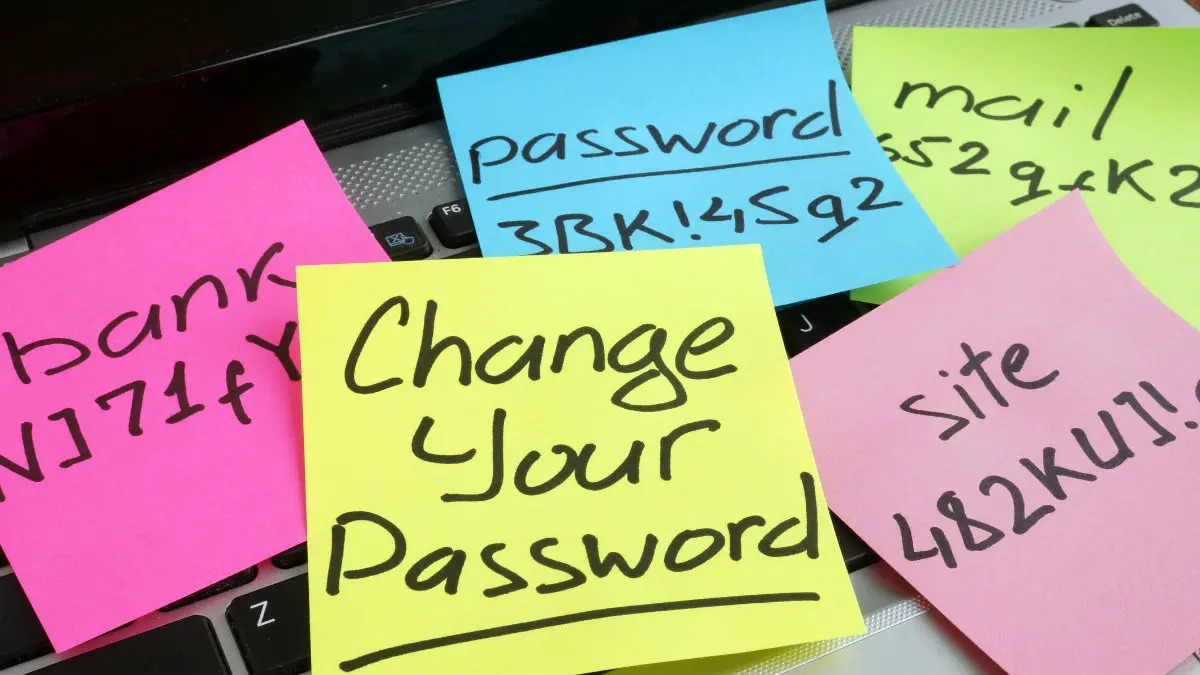
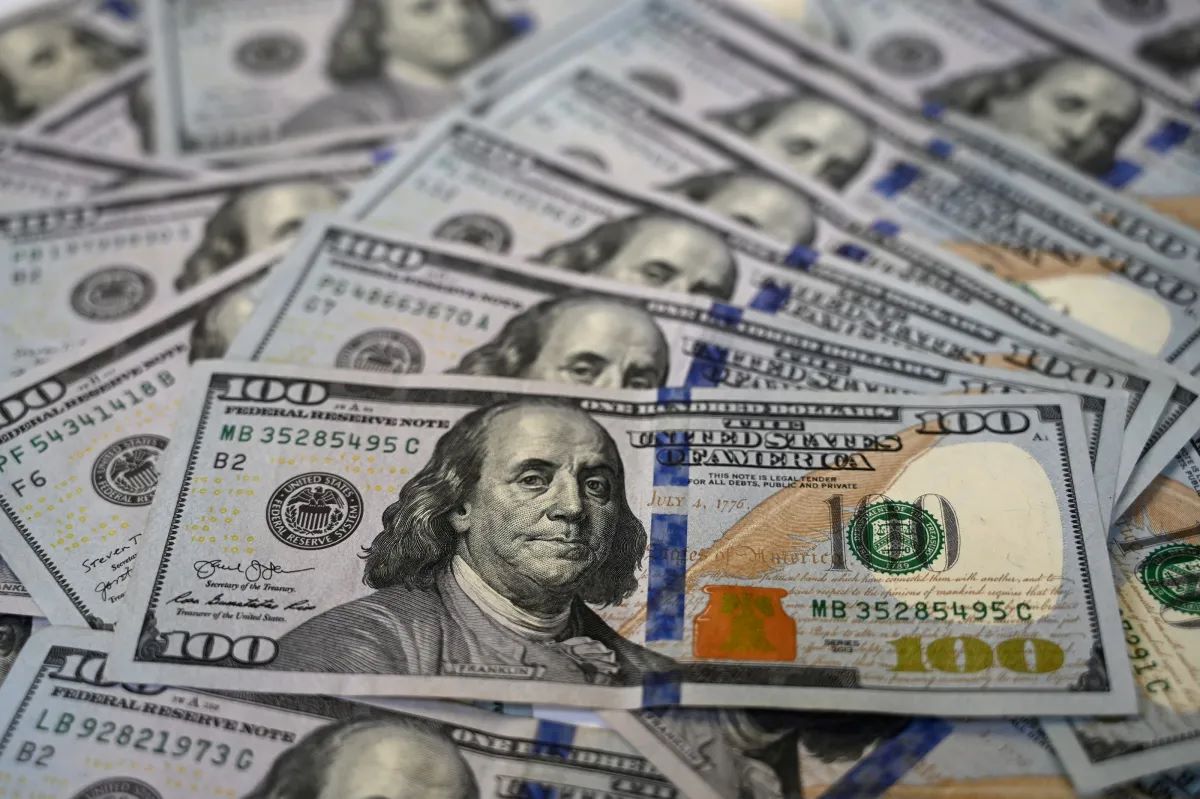
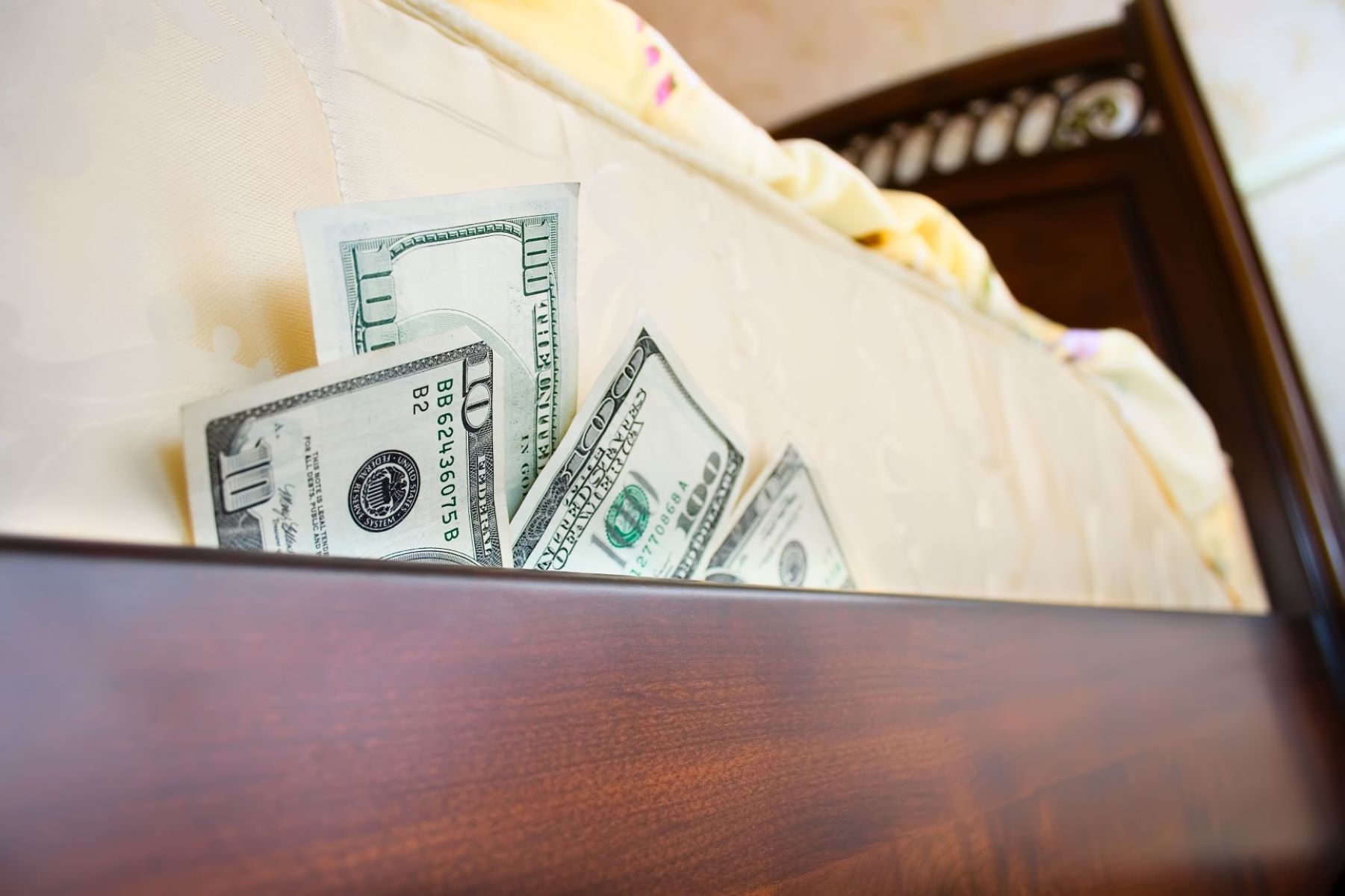
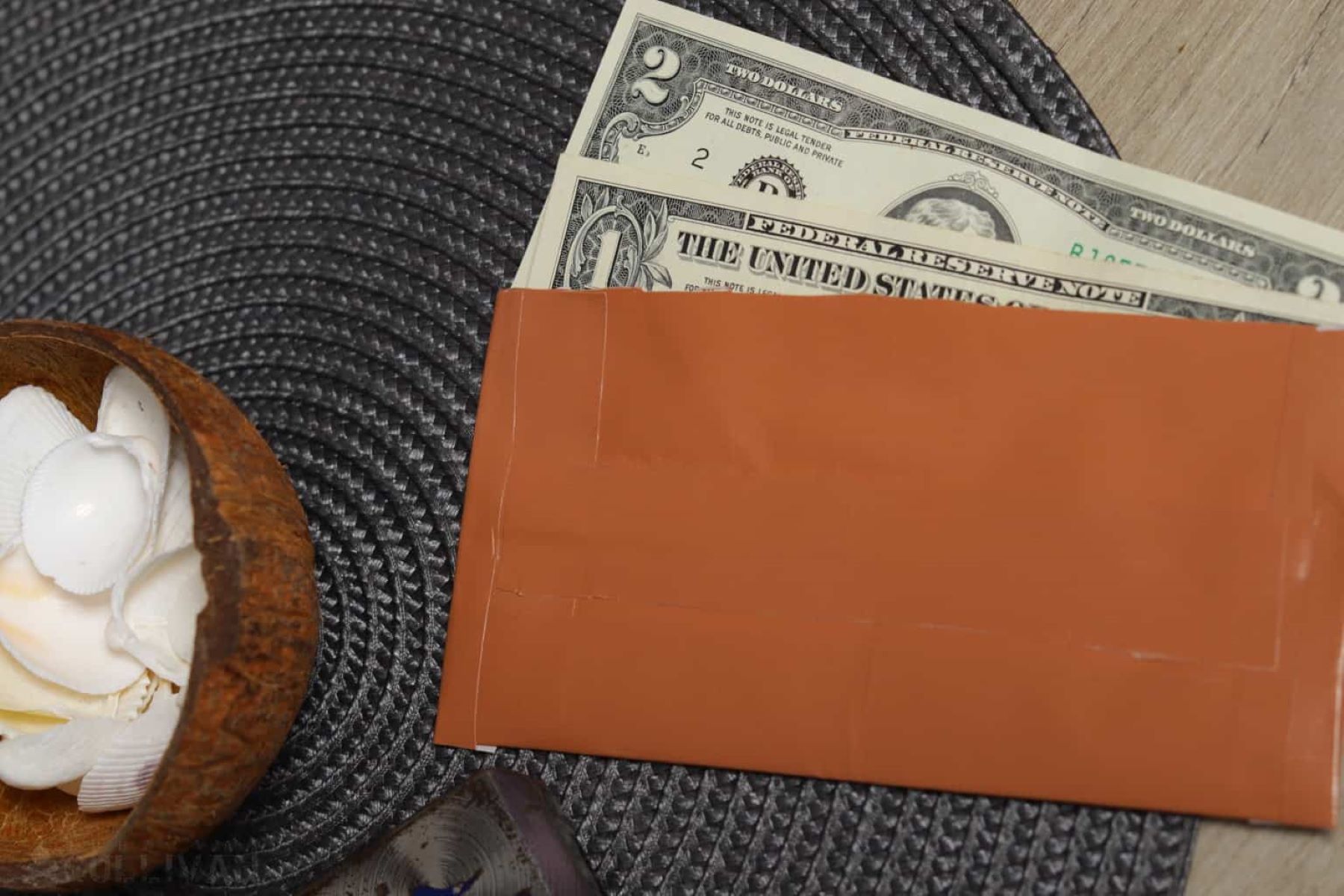
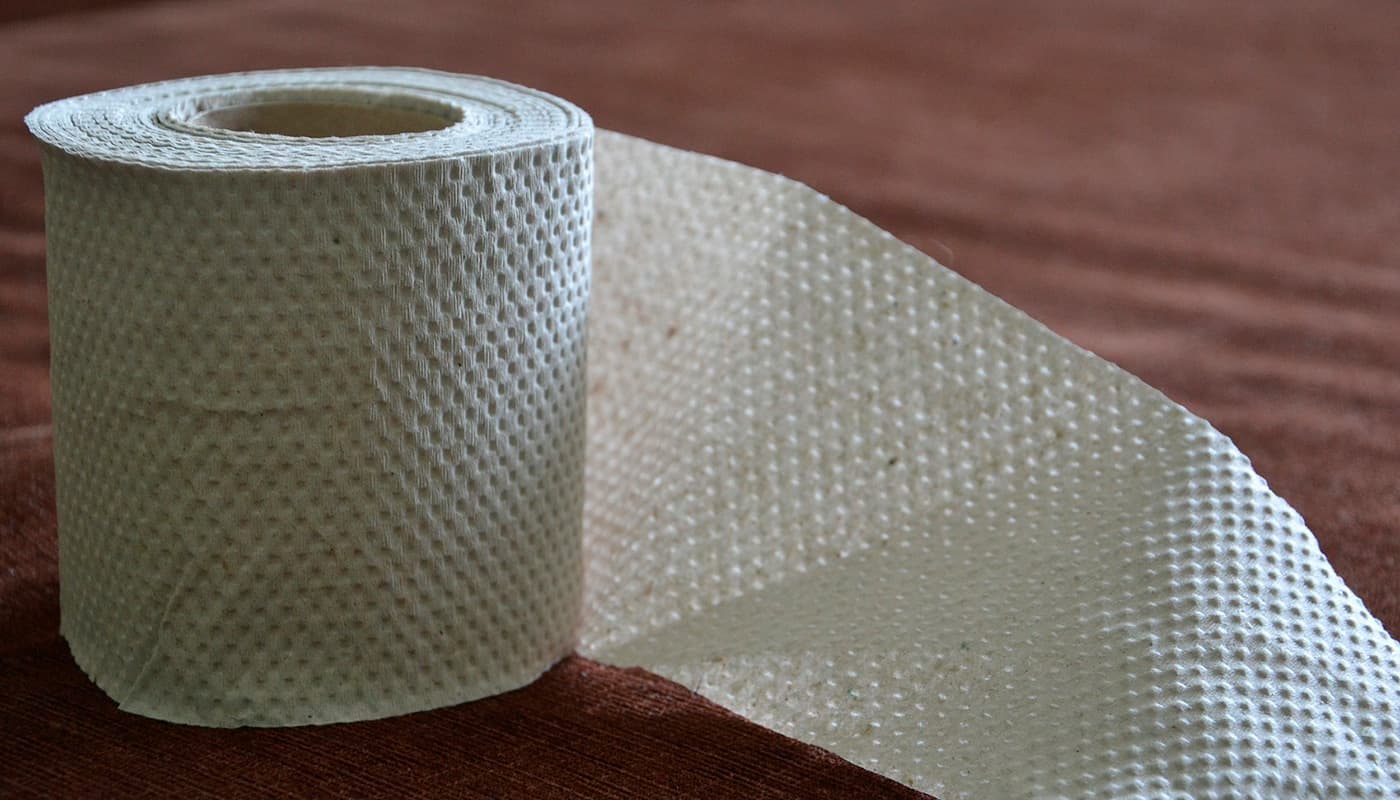
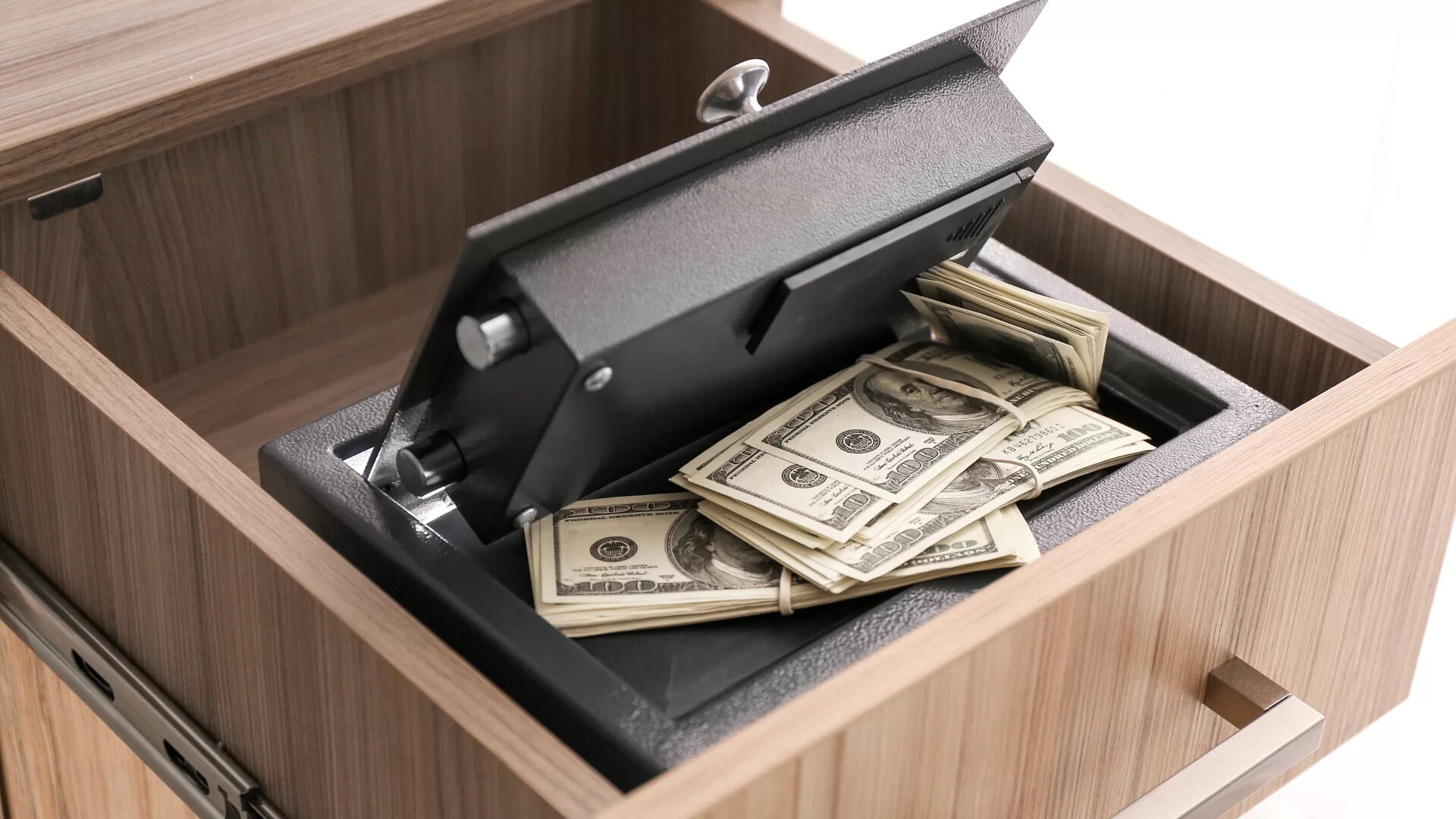
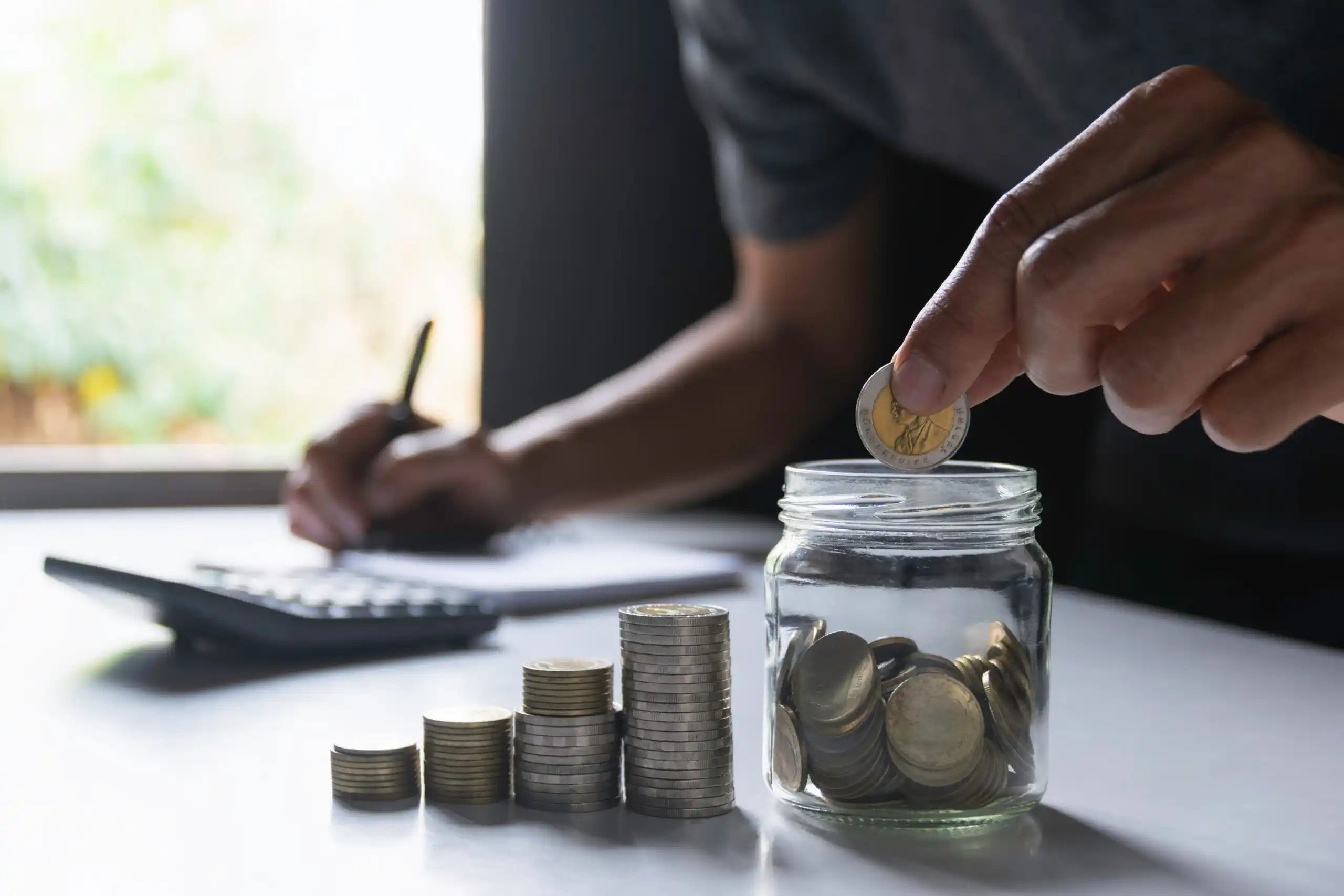
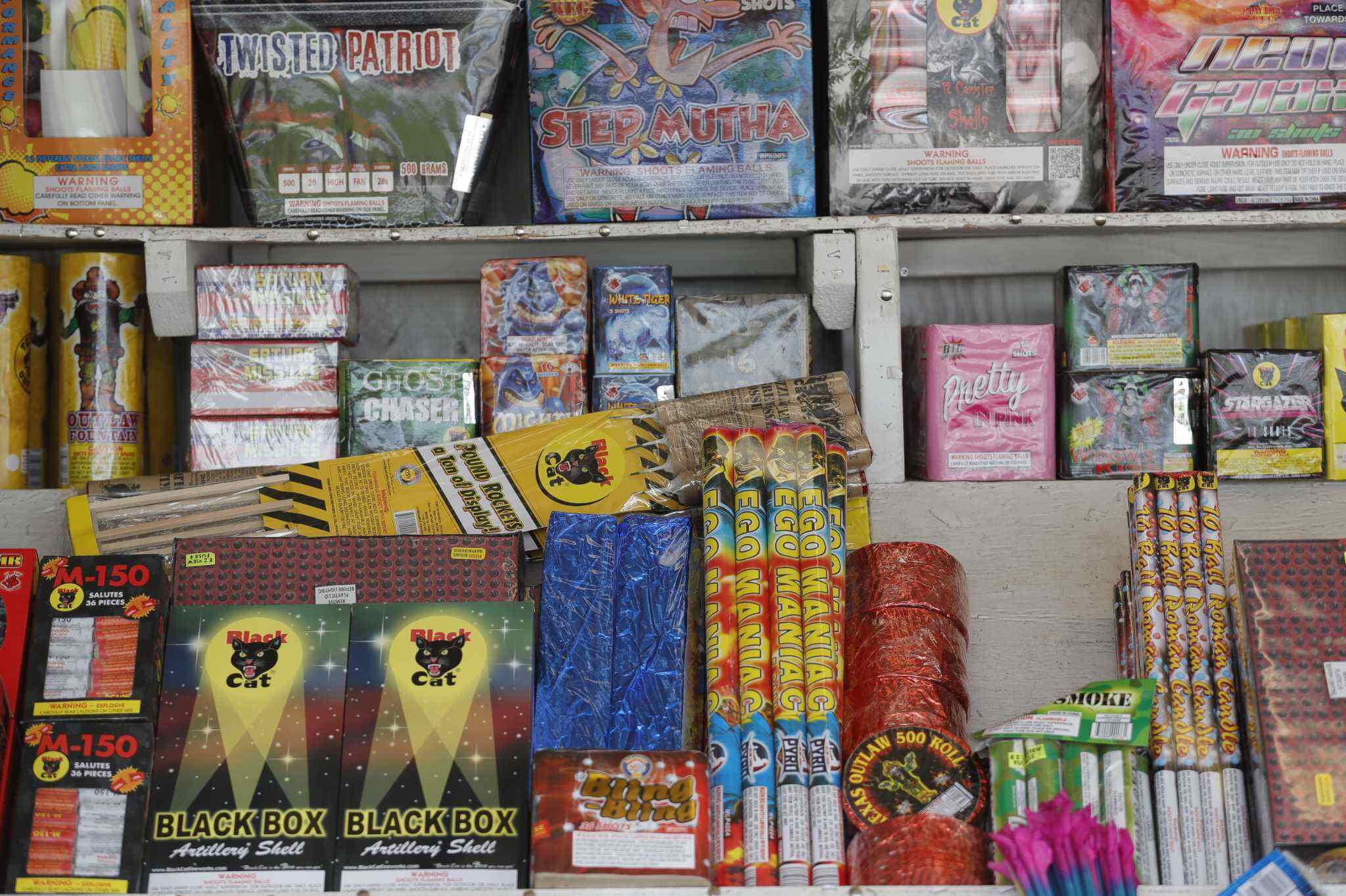
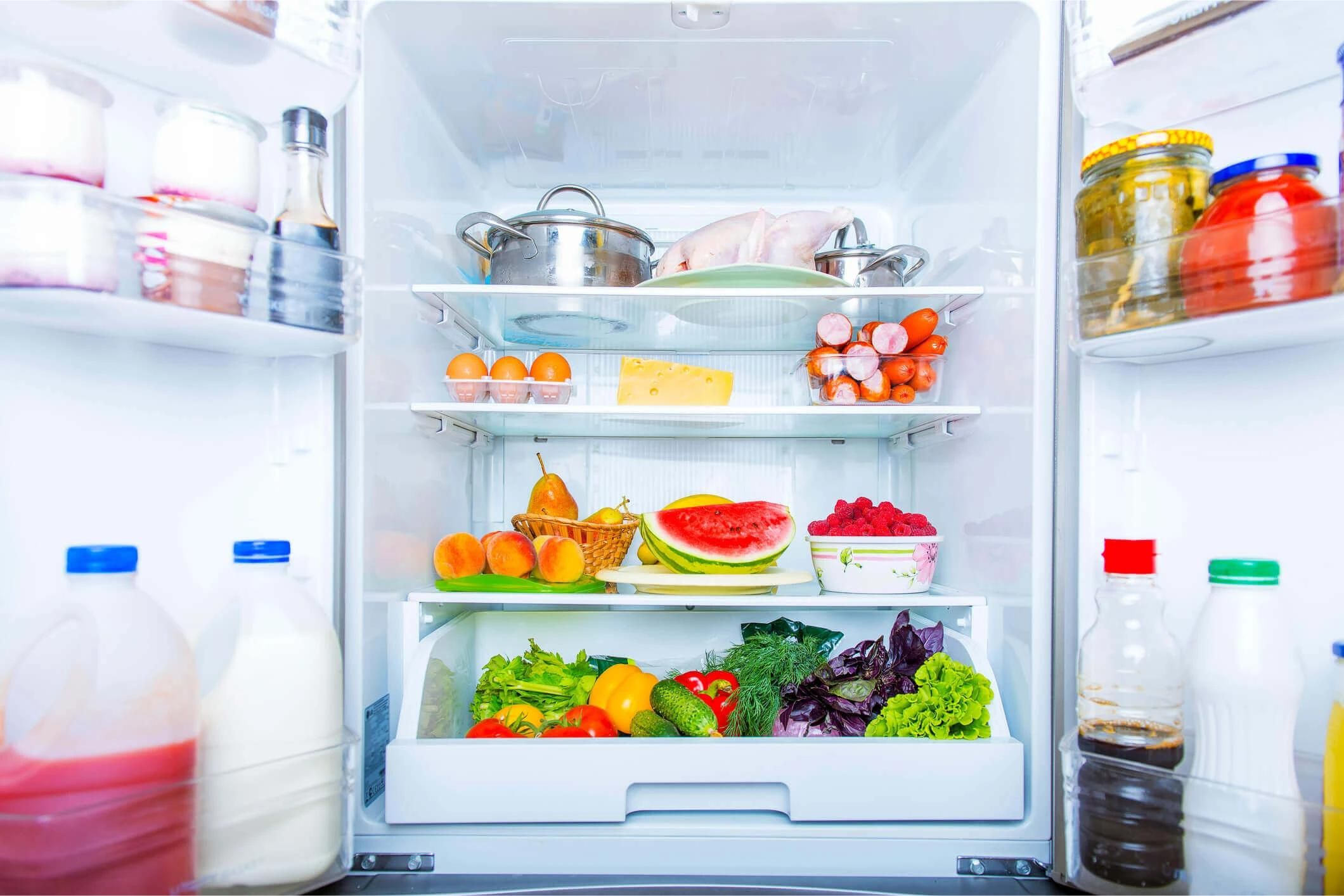
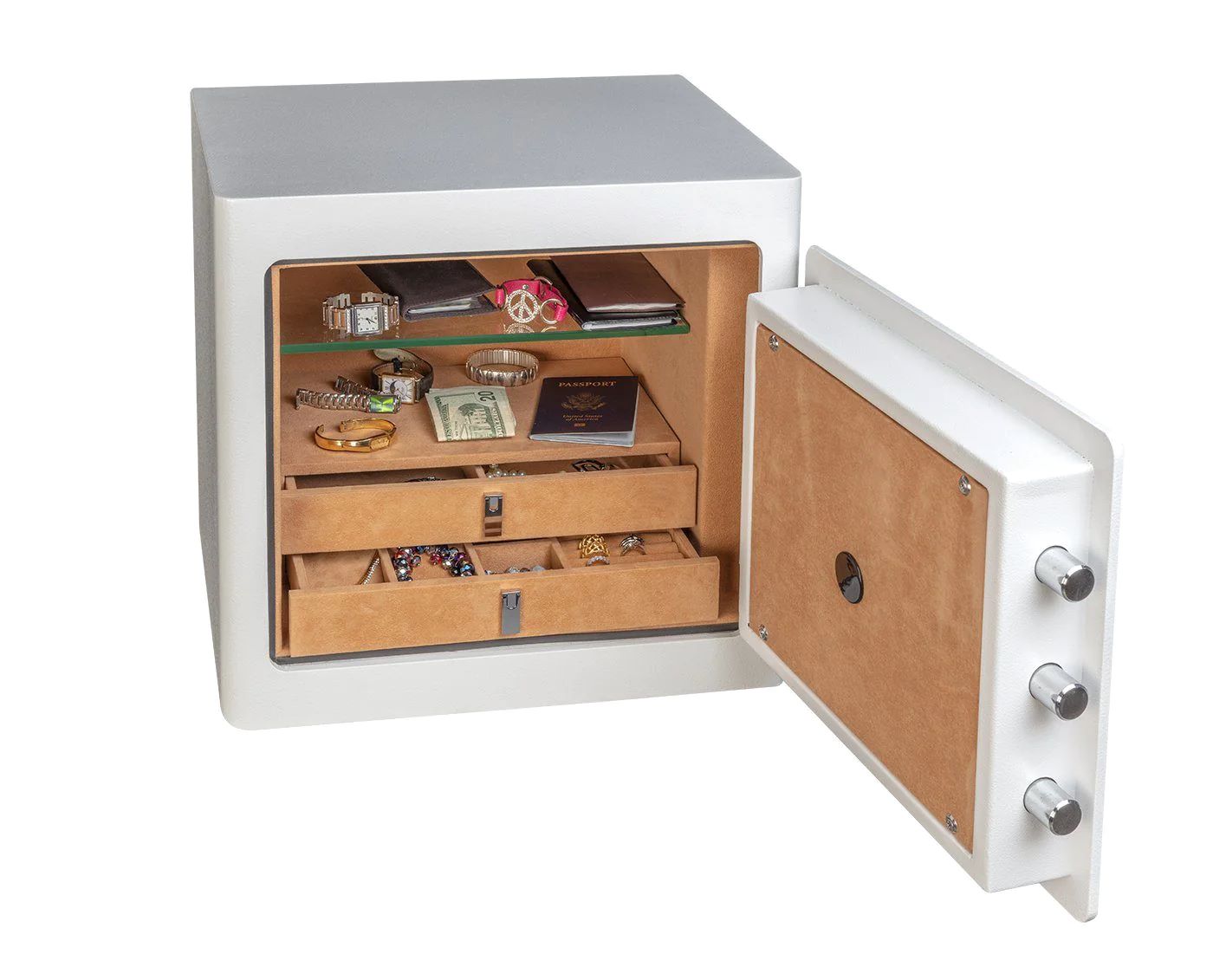
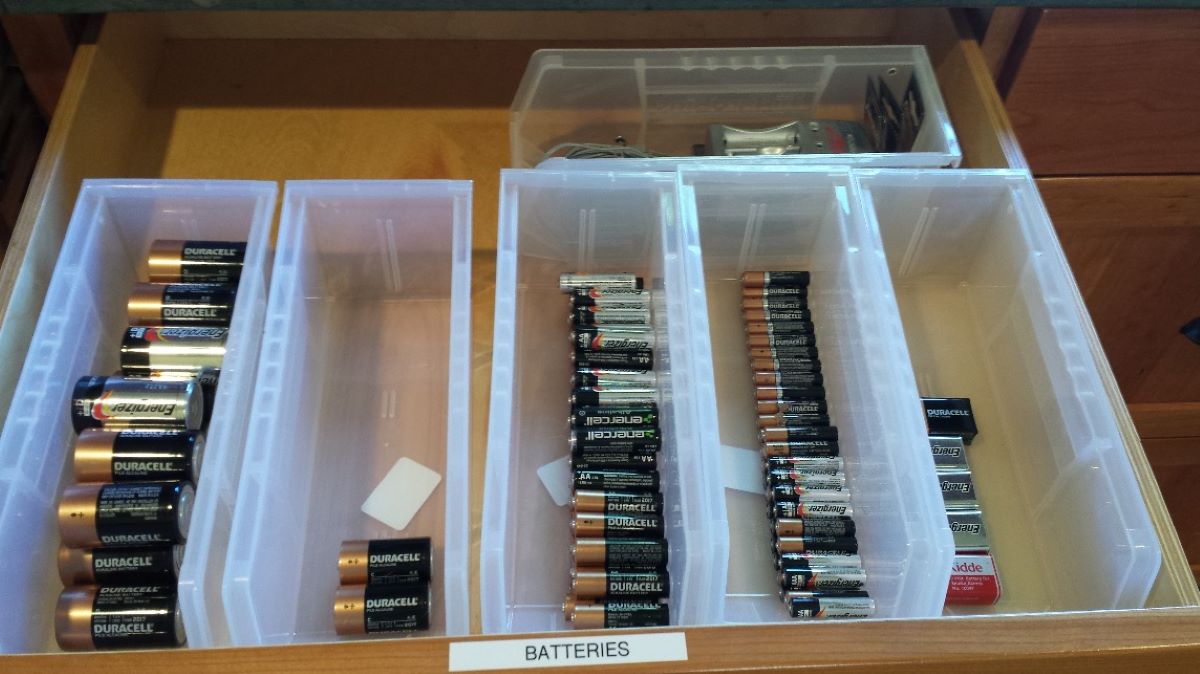
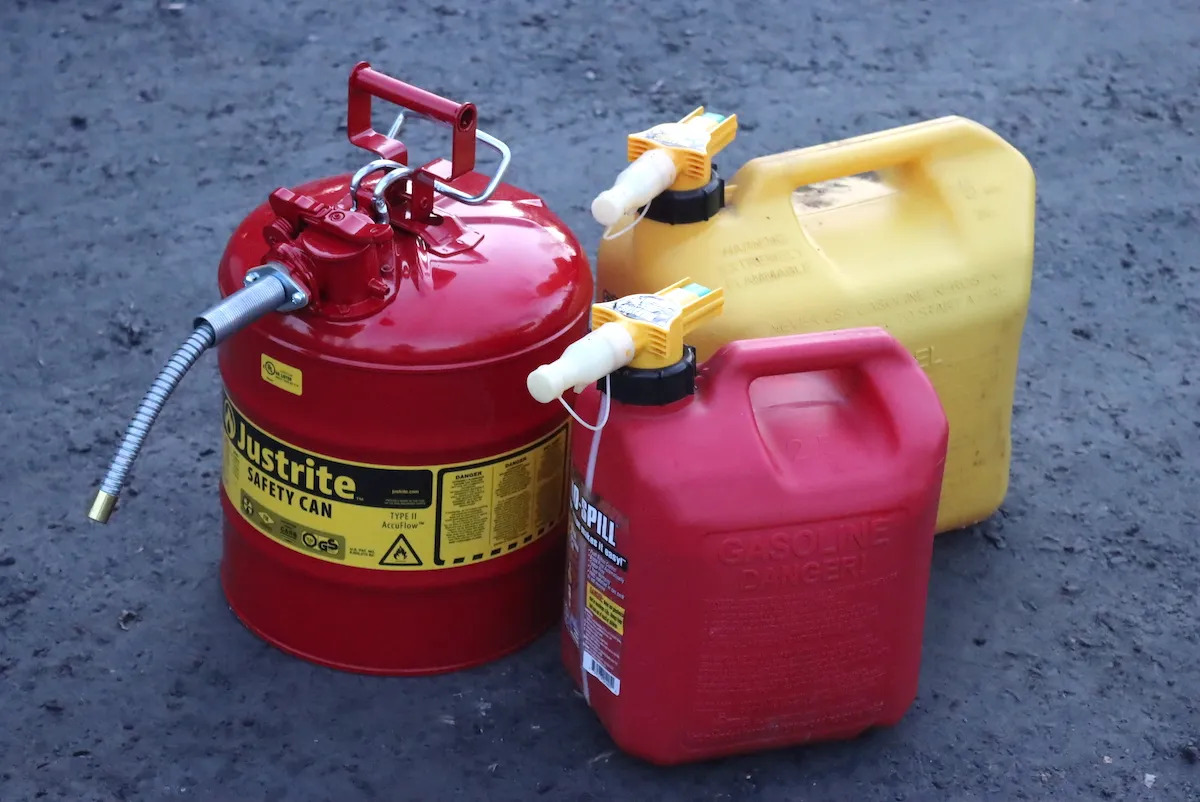
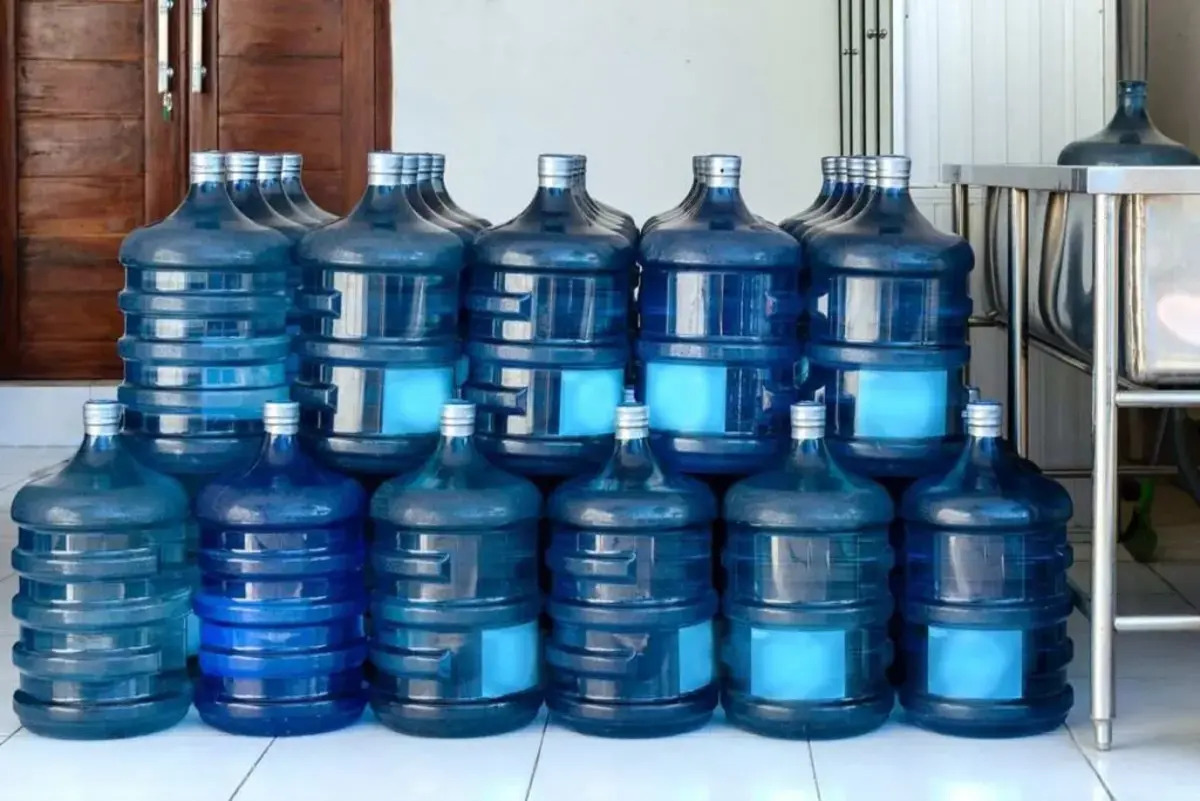
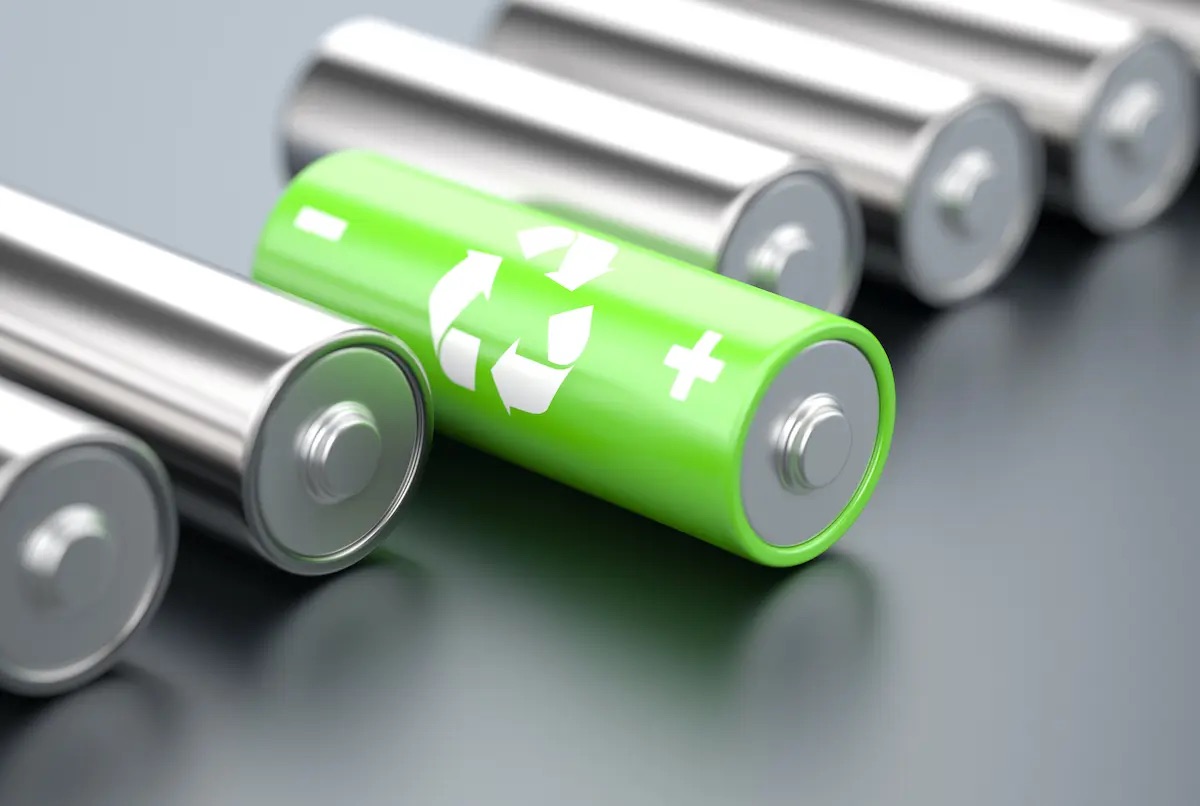

0 thoughts on “How To Store Paper Money Safely”